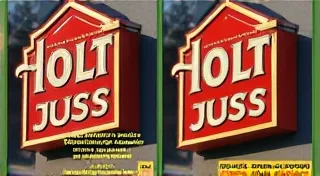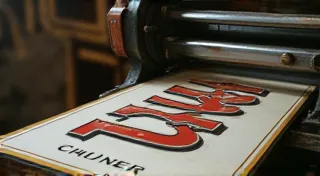Paper Signs: A Fragile Form of Vintage Advertising
The world of vintage advertising signs encompasses a wide range of materials – porcelain enamel, tin litho, pressed metal, and more. But there’s a quieter, often overlooked category: paper signs. These ephemeral relics of a bygone era offer a unique glimpse into the advertising landscape of the late 19th and early to mid-20th centuries, but their fragility presents a significant challenge for collectors.
The Appeal of Paper Advertising
Paper advertising signs weren’t just created as a cheaper alternative to more durable materials. They offered advertising companies flexibility in design and the ability to quickly adapt to changing trends. They were often used for promotional campaigns, special offers, and localized advertising where a permanent sign wasn’t necessary. This resulted in a diverse range of designs – from detailed lithographic posters to simple point-of-sale displays.
The charm of these signs lies in their intimacy. They represent a closer connection to the consumer, a direct message aimed at influencing purchasing decisions in a time before mass television advertising. The artistry, even in simpler designs, can be quite captivating, showcasing the graphic design styles of the era. Finding a paper sign depicting a company or product long forgotten can be a rewarding experience for any collector.
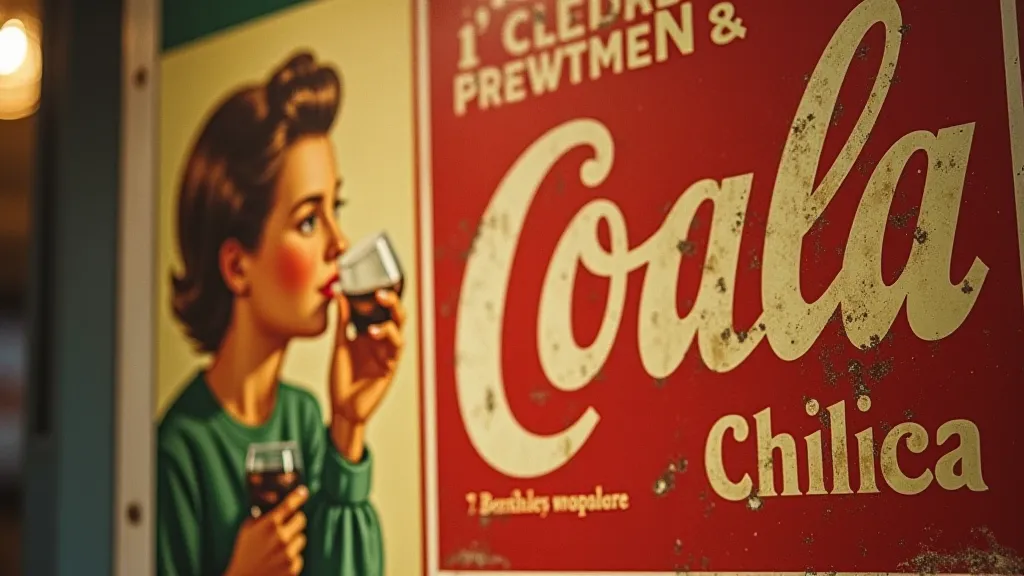
The Challenges of Conservation
Unfortunately, paper is inherently vulnerable. Exposure to moisture, sunlight, and pests has taken its toll over the decades. Finding paper signs in good condition is rare, and most have suffered from tears, folds, staining, and fading. Even seemingly intact signs often have brittle paper that is prone to cracking.
Conservation is *key* to preserving these fragile pieces of advertising history. Here are a few important considerations:
- Storage: Paper signs should be stored flat in a cool, dry, and dark environment. Archival-quality storage boxes and acid-free tissue paper are essential.
- Handling: Always handle paper signs with clean hands or wear cotton gloves to prevent oil and dirt from damaging the surface.
- Framing: If you choose to frame a paper sign, use archival-quality materials and a mat to keep the sign away from the glass. Consider using a UV-protective glass or acrylic to minimize fading.
- Repair: Minor tears and creases can sometimes be carefully repaired by experienced paper conservators. However, attempts at amateur repair often cause further damage.
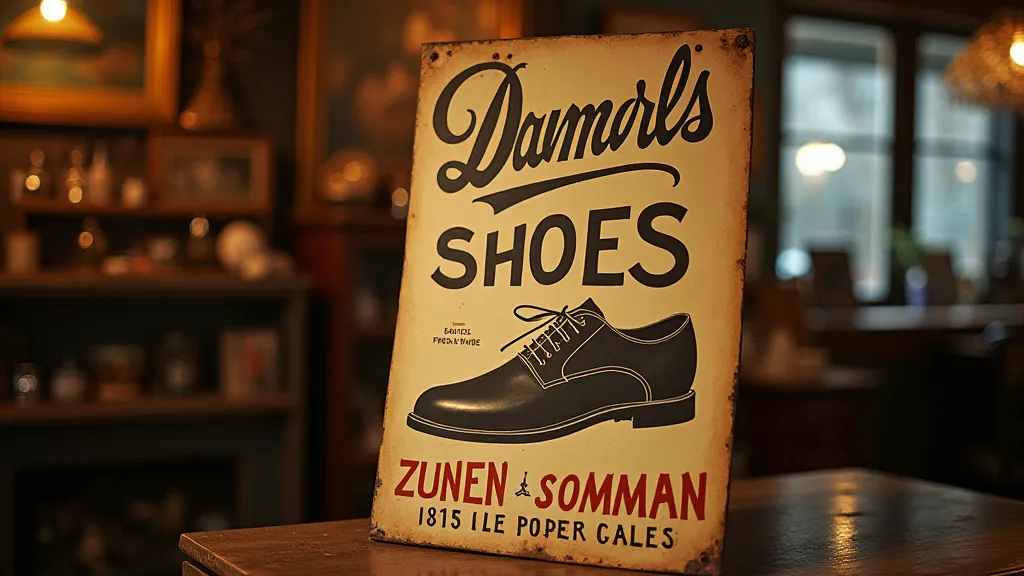
Identifying Paper Advertising Signs
Identifying paper advertising signs can be tricky. Look for clues like:
- Material: Most paper signs are printed on heavy cardstock or thin cardboard.
- Printing Method: Lithography was the most common printing method.
- Size and Shape: Sizes varied greatly, but many were rectangular or square.
- Company Name and Product: Look for distinctive logos and product names.
- Date Range: The earliest paper signs date back to the late 1800s, with the majority being produced between the 1920s and 1950s.
Researching the company or product depicted on the sign can help you determine its age and rarity.
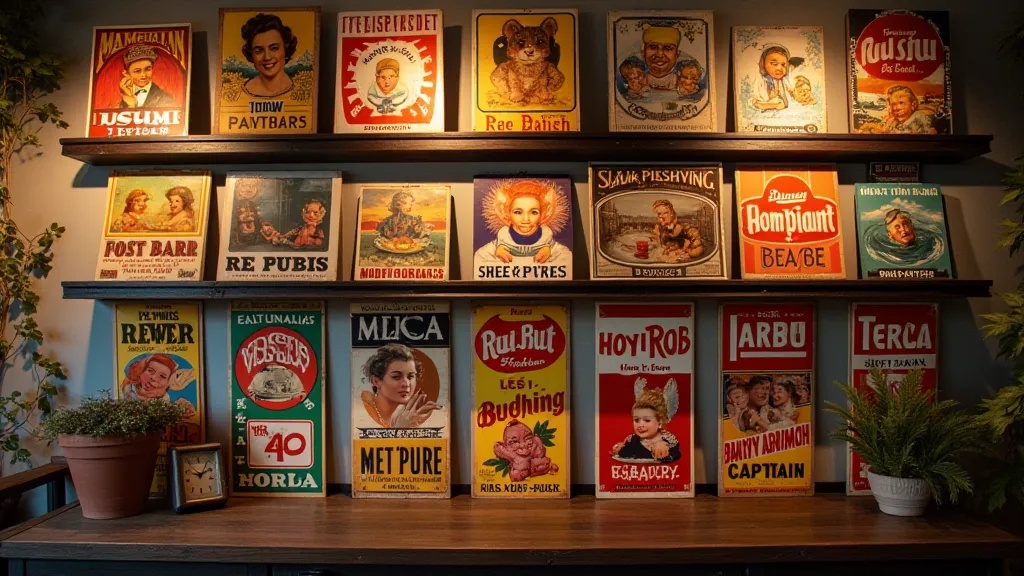
Conclusion
Collecting paper advertising signs is a challenging but rewarding pursuit. The fragility of these signs demands careful handling and conservation, but the historical insight and artistic merit they offer makes the effort worthwhile. Preserving these ephemeral pieces of advertising history ensures that future generations can appreciate the creativity and ingenuity of the past.


